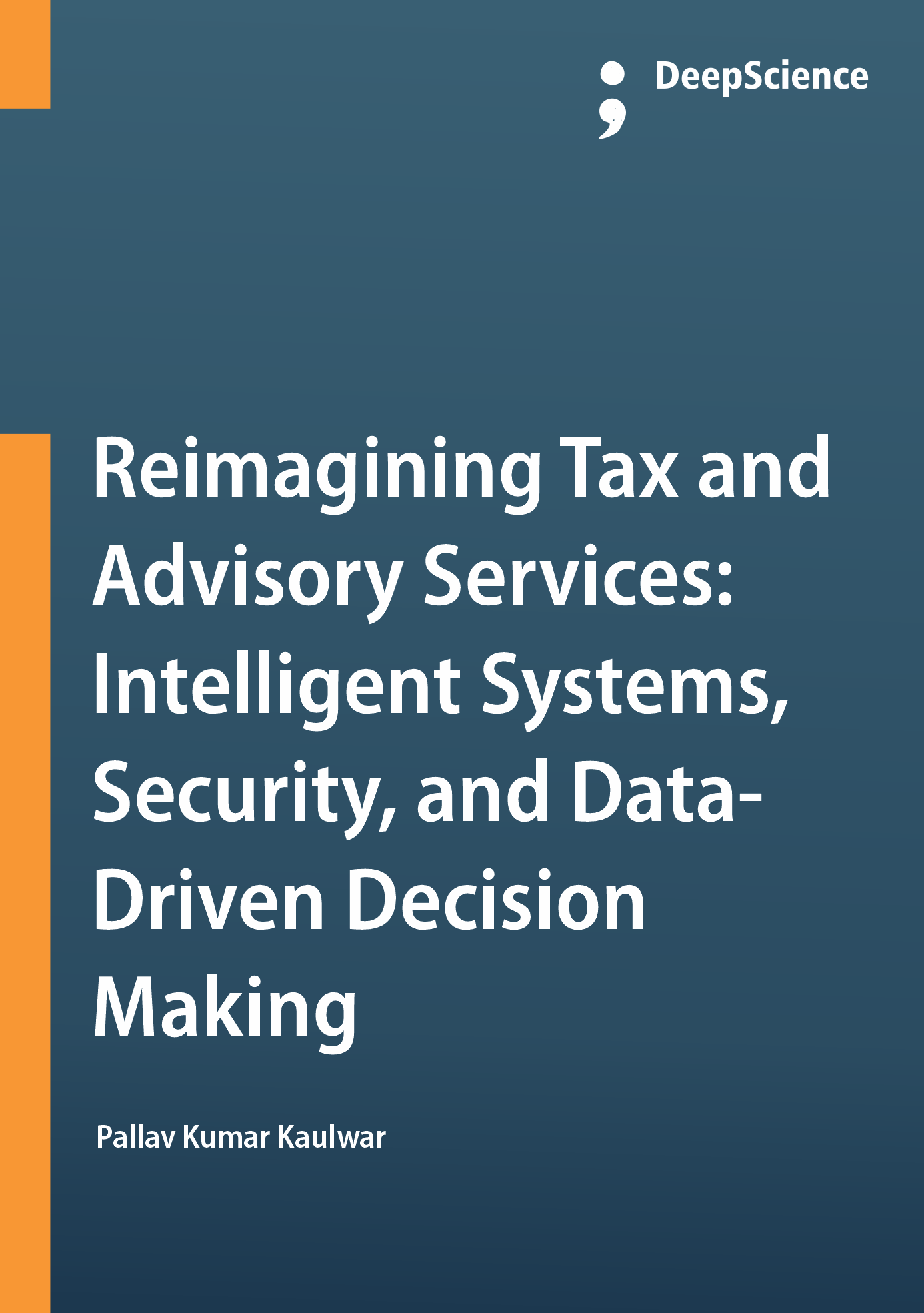Leveraging deep learning for predictive financial modeling
Synopsis
As a result of technological advancement, financial markets have recently become more chaotic and complex. Financial market prediction has drawn significant interest from many academics and institutions in a variety of fields, including data mining and expert systems. Stock price prediction has become a challenging task due to the market's chaotic nature, with various observed factors contributing to price changes. Numerous traditional statistical techniques and recent data mining techniques are used to forecast the price movement direction or value in various time horizons.
Price prediction has been a classic problem in both academia and industry. Financial time series prediction is a long-standing problem, and extensive research is conducted in various disciplines, including statistics, econometrics, and machine learning arenas. Financial price prediction involves predicting the future price series of a specific stock, index, or foreign exchange. Financial price forecasting is the process of forecasting the future price of stocks, bonds, foreign exchanges, commodities, etc. A high accuracy forecasting model can be employed in portfolio management and trading, leading to huge profits. A pricing model prediction can be provided in derivative markets. On the other hand, highly inaccurate or erroneous predictions may cause huge losses in investment.
Forecasting highly volatile financial indices or foreign exchange rates is a complex nonlinear problem, as many uncontrollable factors can change the price. How to select or combine appropriate modeling techniques for price direction movements must be taken into consideration. Generally, two approaches can be differentiated for price forecasting: technical analysis and fundamental analysis. Technical analysis forecasts the prediction price based on prior price. Fundamental analysis, in contrast, aims to forecast the company value by investigating the economy, industry, and company relevant indicators. However, it should be noted that no single analysis can deliver satisfactory results in price prediction or decisions.













